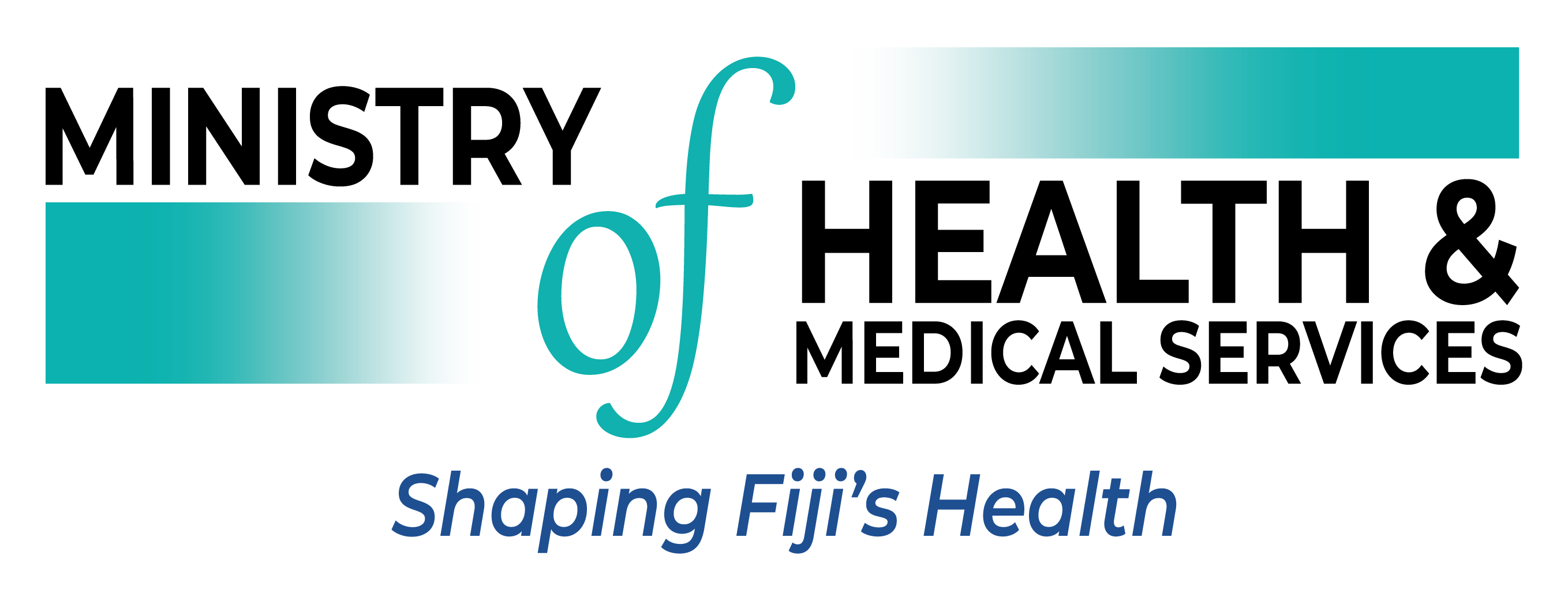DIARRHEA OUTBREAK IN BALEVUTO, BA
MINISTRY OF HEALTH AND MEDICAL SERVICES ADDRESSES DIARRHEA OUTBREAK IN BALEVUTO, BA 12 September 2023 The Ministry of Health and Medical Services wishes to inform the public that investigations into the increase of cases of diarrhoeal disease reported in the Balevuto Medical Area remain ongoing. From August 20th to 11 September 2023, 72 cases of…
